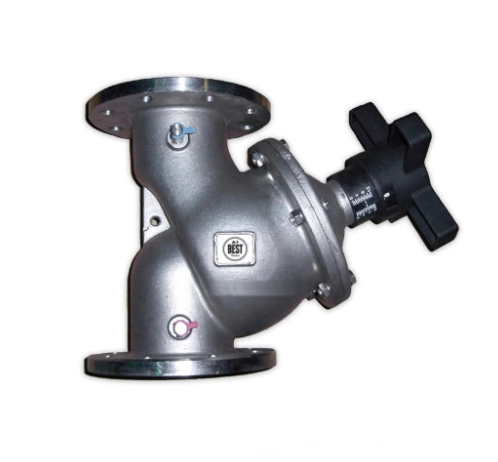
Privacy statement: Your privacy is very important to Us. Our company promises not to disclose your personal information to any external company with out your explicit permission.
First, the role of hydraulic balance valve
Load holding: The balance valve allows the actuator to lift or lower a heavy load at a certain speed and to remain in a certain position to meet the requirements of the actual work.
Load control: balance valve can effectively control the actuator under the action of load smooth action, to prevent the effect of load changes due to the phenomenon of out of control action.
Safety load: When the hydraulic oil line bursts or leaks severely, the balance valve installed on the actuator prevents the moving load from going out of control.

Two, the working principle of hydraulic balance valve Hydraulic Balancing Valve to allow the oil from the valve port 2 (generally for multipath valve oil supply side) to the valve port 1 (general cylinder or motor side) as free circulation, we can see from the chart on the top of the chart, when the valve port 2 oil pressure is greater than 1 pressure valve port, green part of the valve core in the fluid pressure to the valve port 1 under the drive of mobile, one-way valve to open, Oil can flow freely from 2 to valve port 1, which is the principle of positive opening of the balance valve. Valve port 1 to valve port 2 liquid flow is cut off, only when the pilot port 3 pressure reached a certain value to move the blue spool left, so that the valve opening, oil can flow from port 1 to port 2. When pilot pressure is insufficient to open the blue spool, the port closes. The flow from port 1 to port 2 is cut off, which is the reverse opening principle of the balance valve.
LET'S GET IN TOUCH

Privacy statement: Your privacy is very important to Us. Our company promises not to disclose your personal information to any external company with out your explicit permission.

Fill in more information so that we can get in touch with you faster
Privacy statement: Your privacy is very important to Us. Our company promises not to disclose your personal information to any external company with out your explicit permission.